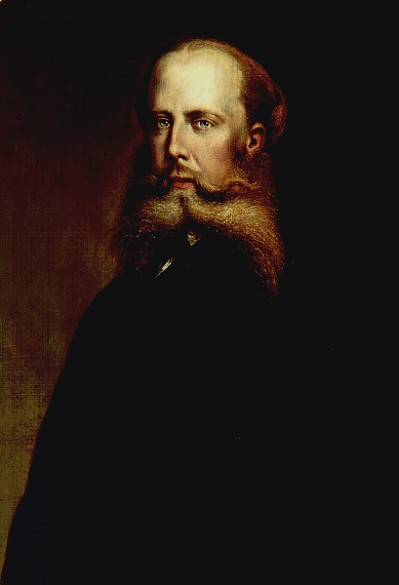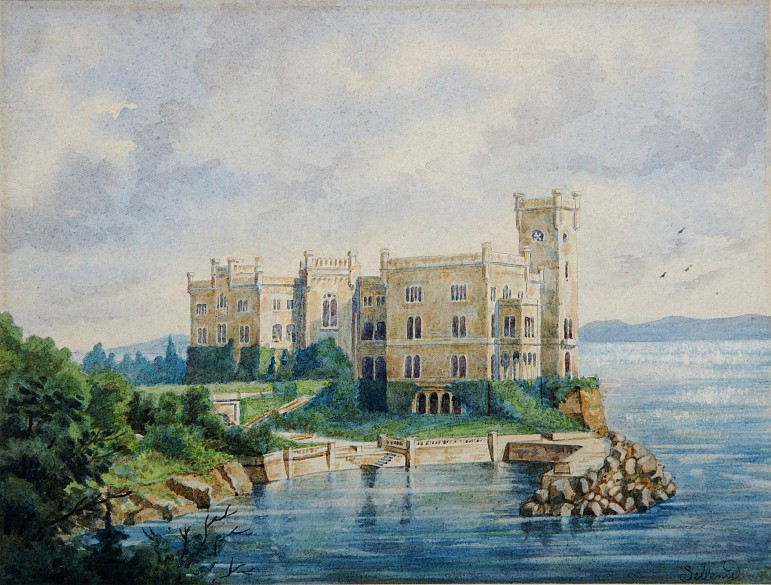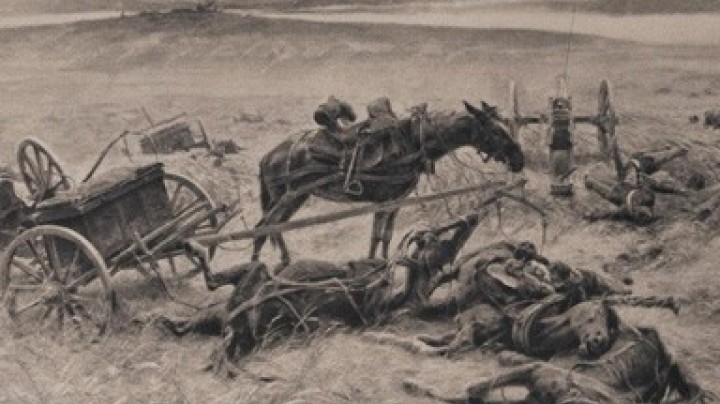The fate of the second-born son
Maximilian suffered the typical fate of a second-born son of the dynasty: ambitious and gifted – some biographers even think that Maximilian was far superior intellectually to Franz Joseph, his elder brother on the imperial throne – he had to content himself with a background role.
Born on 6 July 1832 at Schönbrunn palace, Archduke Ferdinand Maximilian, as he was baptized, was the second son of Archduke Franz Karl and Archduchess Sophie.
The young archduke displayed a certain degree of artistic talent at an early age. Whereas Franz Joseph’s upbringing and education was aimed at producing the perfect monarch, Sophie allowed the artistic vein in her second-born child to be cultivated to a certain extent, hoping ‘that at least he will be able to lead a happy existence’.
Having no prospect of ascending the throne, Maximilian sought other occupations. He was blessed with a sense of curiosity about the world, and like many Habsburgs he had an innate interest in nature. The young archduke had ample leisure and also the financial wherewithal to travel extensively since his elder brother, as the young head of the family, supported him generously.
However, over the course of time his ambition to excel in a position of leadership grew. The army was the classic sphere of activity for later-born sons of the dynasty. Having developed a passion for the sea, Archduke Ferdinand Maximilian began a career in the Austrian navy. In 1854 Franz Joseph raised him to the rank of rear-admiral and appointed him commander-in-chief of armed forces at sea. He proved instrumental in reorganizing the navy, but also became involved in exploration projects; it was on his initiative that the Austrian frigate Novara undertook a circumnavigation of the globe in 1857–1859.
In 1857 Ferdinand Maximilian was appointed governor of Lombardy and Venetia, but was unable to prevent the province being lost only two years later in 1859 during the course of Italian unification. Afterwards he concentrated on his role as commander-in-chief of the Imperial-Royal Austrian Navy, and it is for this reason that portraits of him mostly show Ferdinand Maximilian in naval uniform.
It was during this time that he set about extensively remodelling Miramare, his palace on the Gulf of Trieste, which from then on was to be his main residence.
















